Wild Rose Historical Society’s Pioneer Museum
Coming Event!

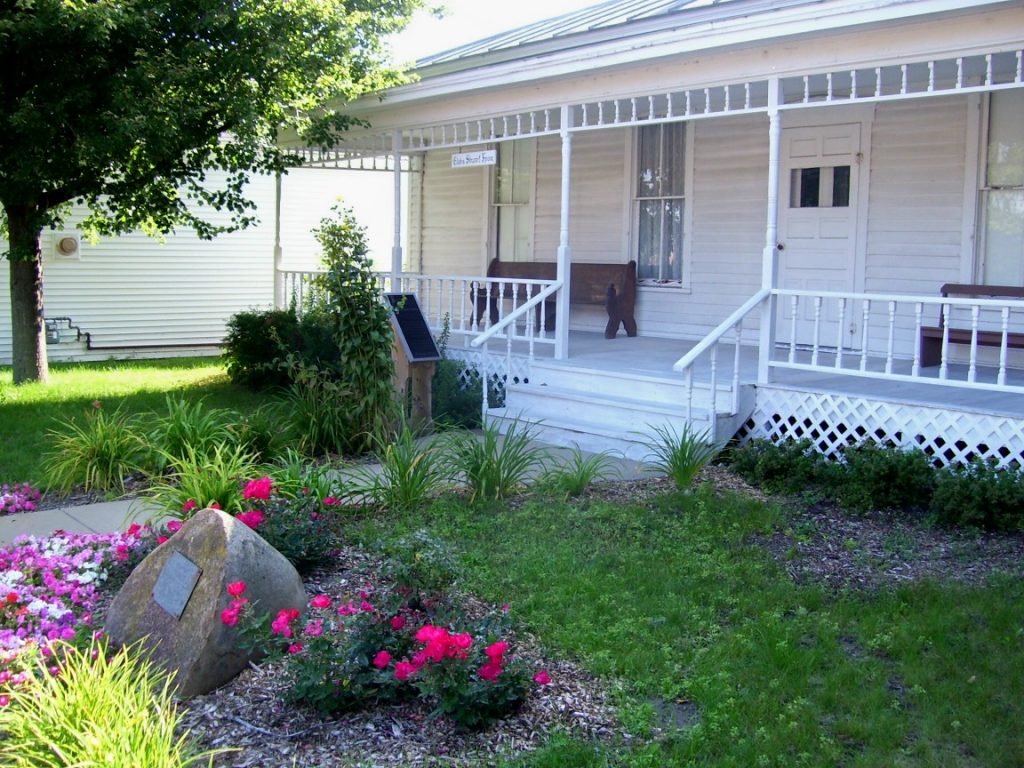
Originally, the home of Elisha and Jane Stewart, the Elisha Stewart House at 500 Main Street still stands as a example of early pioneer homes in central Wisconsin. The Stewart house, built in 1884, is the starting point in the pioneer life museum complex. The house is furnished in the style of the 1880 period, when family entertainment consisted of playing the reed organ, looking at the photograph album, and stereoptican slides.
In the early 1850s, Welsh, Norwegian and English immigrants came to central Wisconsin. The Pioneer Museum displays many articles that once belonged to these original settlers of Wild Rose. Items displayed include original Welsh family Bibles, Welsh Paisley shawls, handmade quilts, .
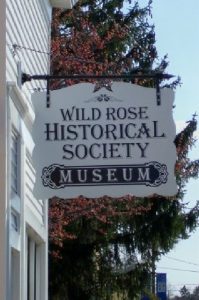
The museum complex includes several different buildings:
- a smoke house,
- the gift shop that was originally a cobbler and harness shop operated by Elisha Stewart,
- a carriage house and blacksmith shop,
- the village’s original bank,
- and a country Progressive school house moved to the museum ground where it was restored by the Waushara County Association of Retired Teachers.
The Wild Rose Pioneer museum is open on Wednesdays and Saturdays from mid-June to Labor Days from 10:00 A.M - 1:00 P.M. Last tour starts at 12:00 P.M. Also open on the Saturday during the weekend of the Classic Car Show
Group tours may be arranged.
Pioneer Hall
Originally a bank, and then serving the village as its Post Office, the back room of this building contains a drug store displaying patent medicine used to cure diseases ranging liver, kidney, stomach, and digestive ailments.
Village Architecture
Still standing in Wild Rose are nearly three dozen buildings built in the village in the late 1880s through the early 1900s which were included in the Wisconsin Historical Society’s Architecture and Historic Inventory. Historic styles represented within the village include Queen Anne, gabled Ell, cross-gabled, Colonial Revival, Italinate, Greek Revival, Four-square, and Workman-style homes. Commercial styles evidenced in retail building include Boom Town and Commercial Vernacular.
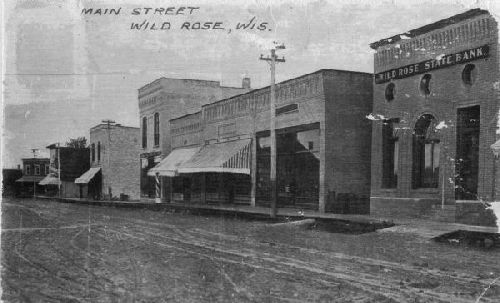
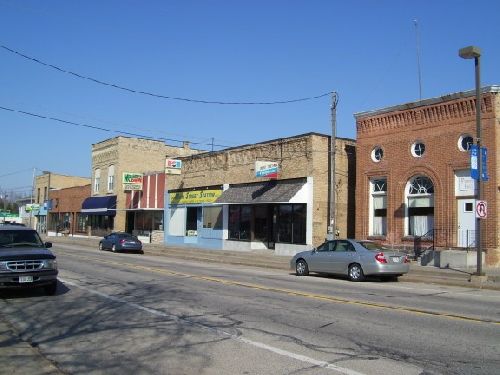
Noon Whistle Still Blows
The historic flavor of Wild Rose is heard daily with the blowing of its noon whistle. In the earlier days of Wild Rose, the blowing of the noon whistle signaled the beginning of the lunch hour for farm hands and tradespeople in and near Wild Rose. Depending on the wind, the whistle can be heard up to five miles from the Village Hall, where it is located.
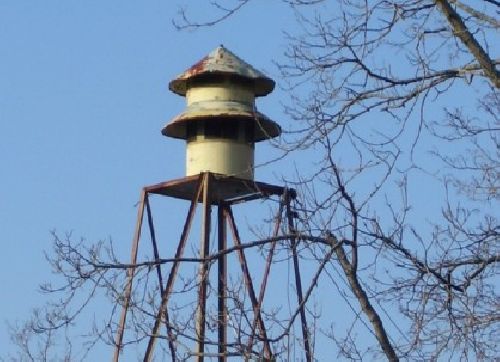
Mill Pond
The Wild Rose Mill Pond was formed by damming one of the feeder creeks to the Pine River. The dam was built by the Rose Milling Company in the early days of Wild Rose. Primarily used as a grist mill to run grind wheat for animals; the dam also generated the first electric power for the village. The mill looking very much as it always has, although now a private residence, still stands at its original location.
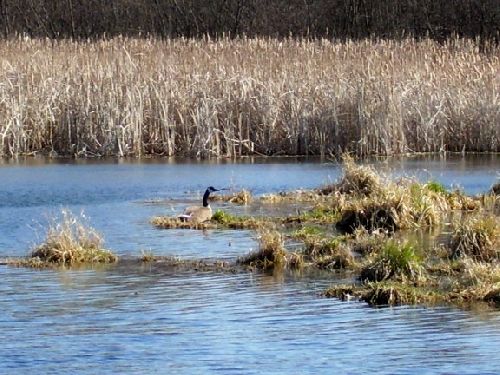
Once upon a time, as the story goes, one-time resident Angus Monroe, who as a decorator had worked in Chicago came home to Wild Rose from an excursion his car full of willow branches. Everett Jones recalls him walking around the Mill Pond sticking these branches in the mud. No on had thought they would grow, but of course, they did.
Genealogy Research
Oak Hill Cemetary, located in the Village of Wild Rose, WI
www.rootsweb.ancestry.com/~wiwaush/oakhill.html
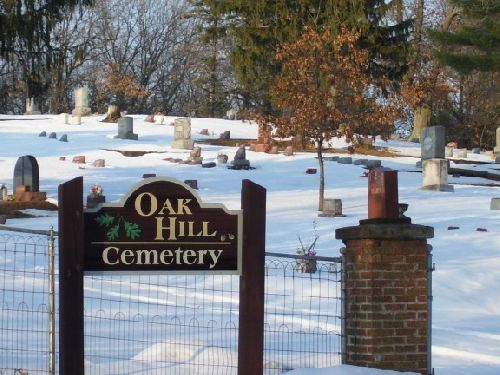
Pam Anderson
President of Wild Rose's Historical Society's Blogspot
Pam Anderson is a descendent of some of Wild Rose's first settlers. Her family photogragh add valuable insight into life of these first settlers to central Wisconsin. If your roots are in central Wisconsin, you wil no doubt hit pay dirt looking for pictures of your ancestors on her blog!
http://wildrosewigenealogy.blogspot.com/